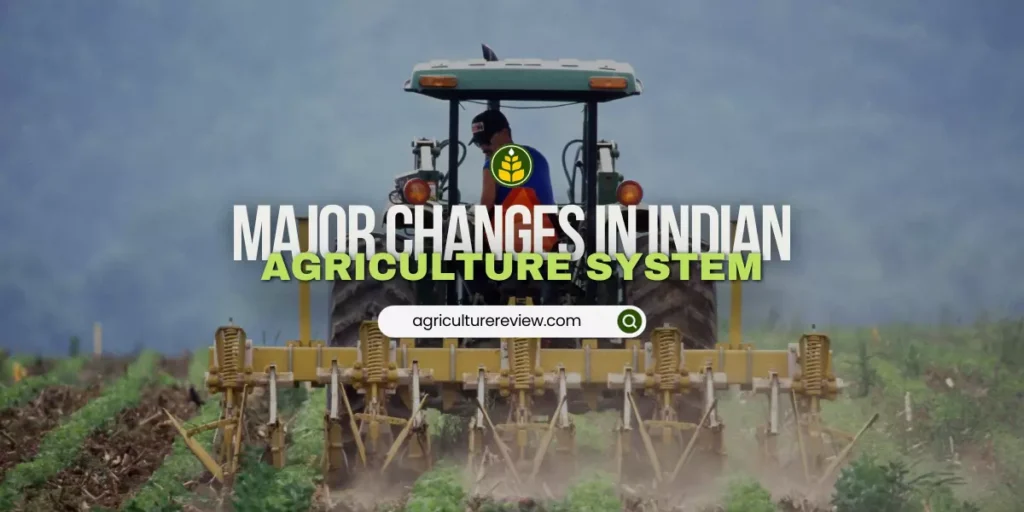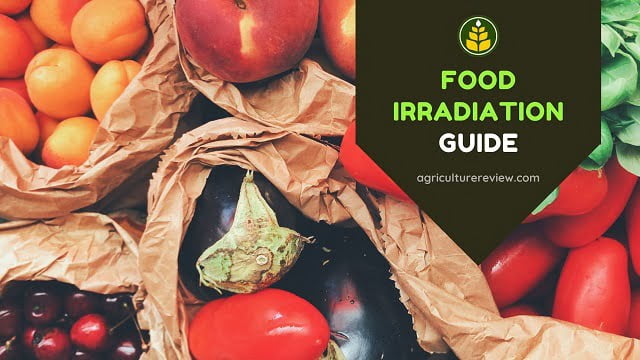Post-independence, India has seen many agricultural changes that made India a food exporting country from a food-scarce country. When the British left India in 1947, they destroyed the native natural farming system of the country that used to be the country’s backbone for a healthy and organic food production system.
Due to this deaths through malnutrition, famines and epidemics became common in the country. Moreover, they also imposed heavy taxes that destroyed farmers and their families across the country. Earlier due to the invasion of other foreign invaders, the cultural and educational heritage of the country was destroyed. But still, the economic and agricultural systems were not affected much.
But, from the arrival of the British and beginning of their rule in India, they started imposing their own rules and regulations on the well-established natural agriculture system in the country. They imposed a zamindari system due to which the majority of the profits went to zamindars instead of cultivators or farmers.
Further Permanent Land Settlement, the Ryotwari System, Indigo cultivation, etc. also destroyed the Indian food production system to much extent. The partition of India also created a lot of problems. Burma (now Myanmar) was separated from India in 1937 and West Punjab and East Pakistan were lost during the partition.
Burma was a major pulse-growing region of India, east Pakistan was known for rice and jute cultivation and West Punjab was famous for wheat cultivation. It is also sad to note that a man-made famine also took place in Bengal in 1943 because of rice being sent to the British troops engaged in World War II instead of eastern parts of India. However, situations started improving in the country nearly two decades post-independence.
Post-Independence Agriculture In India

Before the mid-1960s, India was heavily dependent on food imports to meet domestic demands. Between 1965 to 1966 India also faced two severe droughts and a war with Pakistan which convinced Indian leaders to reform their agricultural policies to make India a self-sufficient country in food production.
During the war with Pakistan in 1965, the then Indian Prime Minister Prime Minister Lal Bahadur Shastri requested Indian people to sacrifice one meal at least a week to support the army. However, many activists today question the green revolution which helped India to become not only a self-reliant country in food production but also a major exporter of major agricultural products to the world, but if they had faced similar tough situations, then their quest might be very different.
M.S. Swaminathan is known as the father of the green revolution in India. It began in 1968 under five-year action plan under the leadership of Lal Bahadur Shashtri, Chidambaram Subramaniam (Political Father of the Green Revolution) and Indira Gandhi. Modern agricultural techniques such as high-yielding variety seeds, mechanized farm tools, irrigation facilities, pesticides, and fertilizers. were introduced in the country.
It transformed the Indian agriculture system, the wheat yield per hectare increased from 0.8 tonnes in 1948 to 4.7 tonnes in 1975. Similar trends can be seen in rice and other important crops in the country. To meet the dairy needs of the country, Operation Flood (White Revolution) led by Dr. Verghese Kurien was launched in 1970 and is considered the world’s largest dairy program today.
Today, India is the largest producer of mango, milk, pulses and jute, it is also the second largest producer of wheat, rice, sugarcane, groundnut, vegetables, fruit and cotton in the world. From 2021 to 2022, the total milk production in the country was estimated at around 221.06 million tonnes which is itself a record.




